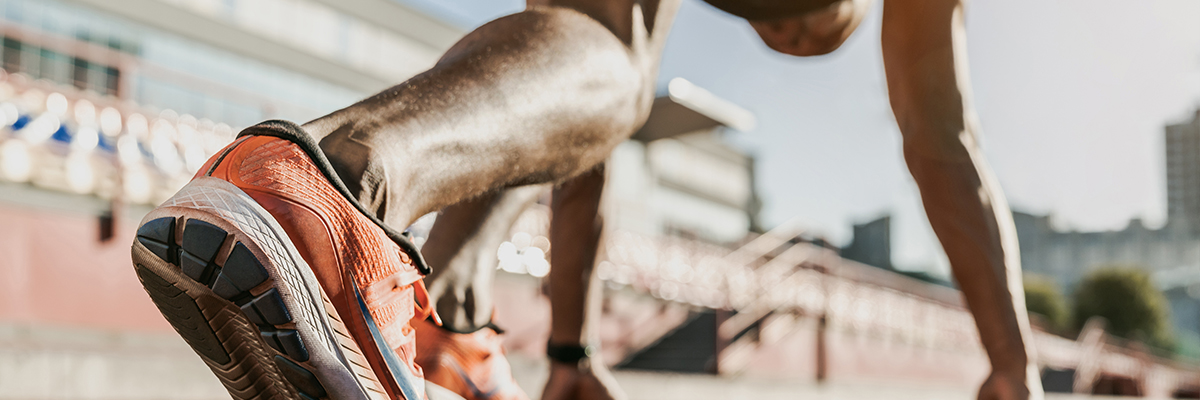Outcomes After Anatomic Lateral Ankle Ligament Reconstruction Using Allograft Tendon for Chronic Ankle Instability
Anatomic lateral ankle ligament reconstruction procedure (using allografts) results in significant improvements in patient function and outcome scores, with low rates of recurrent instability.
Read moreMeniscal Allograft Transplantation: Indications, Techniques, Outcomes
Meniscal allograft transplantation (MAT) has become an acceptable surgical treatment for select symptomatic and relatively young patients with a meniscal deficiency.
Read moreArthroscopic Microfracture for Osteochondral Lesions of the Talus
Second-look arthroscopic results revealed that 36% of lesions were incompletely healed and had inferior quality of repair tissue compared with that of native cartilage at a mean of 3.6 years, although arthroscopic microfracture provided functional improvements.
Read moreContralateral Lateral Femoral Condyle Allografts Provide an Acceptable Surface Match for OCD Lesions
To determine if contralateral grafts could be used for OCD lesions up to 20mm. This research contributes to the growing body of knowledge that using a lateral femoral condyle is an acceptable option.
Read more Download PDFUse of Allografts in Orthopaedic Surgery: Safety, Procurement, Storage, and Outcomes
The purpose of this review was to equip orthopaedic surgeons with the know-how required to treat their patients with these allografts.
Read moreExtensive Recontouring of the Femoral Head with Osteochondral Allografting
This case reports an attempt to salvage the hip joint of a young patient with a posttraumatic growth disturbance of the femoral head using a fresh osteochondral allograft.
Read morePatellar OCA Transplantation Using Femoral Hemicondyle Allografts: MRI & Clinical Outcomes
Patellar OCA using femoral head allograft led to significant improvement in pain and patient-reported knee outcome scores.
Read morePredictors of Return to Athletic Activity Following Osteochondral Allograft Transplantation of the Knee
OCA Transplantation is a reliable procedure with high rates of return to athletic activity at 88%.
Read moreLong-term Results of Treating Large Posttraumatic Tibial Plateau Lesions with Fresh Osteochondral Allograft Transplantation
This paper discusses fresh osteochondral allograft transplantation as a viable option for posttraumatic tibial osteochondral defects determining that it is an excellent option that delayed the need for arthroplasty.
Read morePatellar Fresh Osteochondral Allograft Transplantation
This article focuses on the use of a single OCA plug to treat a focal unipolar defect of the patella.
Read moreGetting the Graft Thickness Right is Crucial for the Long-Term Success of an OCA
Graft integration is crucial for the long-term success of an OCA. This is one of several upcoming studies that seeks to determine how grafts can better incorporate into the patient’s bone.
Read moreOsteochondral Allograft Transplantation Surgery for Osteochondral Lesions of the Talus in Athletes
This paper discusses osteochondral allograft transplantation as an option for the treatment of selected athletes with large osteochondral lesions of the talus. The results of this study may help active young patients and their surgeons to better understand outcomes and options in their shared decision-making process.
Read moreTibial Plateau Cartilage Lesions: A Systematic Review of Techniques, Outcomes, and Complications
This paper seeks to determine current reported treatment options for isolated tibial plateau cartilage lesions.
Read moreOpen Meniscal Allograft Transplantation w/Transosseous Suture Fixation of Meniscal Body Decreases Meniscal Extrusion Rate
This study identified similar absolute extrusion and significantly lower postoperative lateral meniscal extrusion rates after open MAT compared with arthroscopic MAT.
Read moreOsteochondral Allograft Transplantation of the Femoral Condyle Utilizing a Thin Plug Graft Technique
OCA transplantation with a thin plug graft technique is a valuable procedure for the treatment of femoral condyle osteochondral lesions, resulting in significant improvement in clinical scores, high patient satisfaction, and low reoperation and clinical failure rates.
Read moreReturn to Sport and Sports-Specific Outcomes After Osteochondral Allograft Transplantation in the Knee
This systematic review of 13 studies suggests that OCA transplantation for cartilage defects allows most athletes to return to sport (range, 75%-82%).
Read moreMeniscus Allograft Transplantation: Indications, Techniques and Outcomes
There are three main fixation methods that can be used to fix a MAT: suture-only fixation, double plug fixation and the keyhole technique. All fixation methods have similar outcomes, meaning that despite the biomechanical differences, the selection of which method to use should be made on a case-by-case basis.
Read moreManagement of Chondral Lesions of the Knee: Analysis of Trends and Short-Term Complications
Cartilage restoration is becoming an increasingly popular modality to address chondral defects. Minimal complication rates suggest that these procedures may be safely performed concomitantly with other interventions.
Read moreClinical Outcomes after Revision of Autologous Chondrocyte Implantation to Osteochondral Allograft Transplantation for Large Chondral Defects: A Comparative Matched-Group Analysis
This study examines the clinical outcomes of Osteochondral Allograft (OCA) transplantation after failed autologous chondrocyte implantation (ACI) for large chondral defects of the knee, compared to a matched cohort undergoing primary OCA cartilage repair.
Read moreFresh Osteochondral Allograft Transplantation for Uncontained, Elongated Osteochondritis Dissecans Lesions of the Medial Femoral Condyle
This article describes the preferred surgical approach for the treatment of large, uncontained OCD lesions of the medial femoral condyle using a fresh OCA and the Arthrex BioUni Instrumentation System.
Read more



